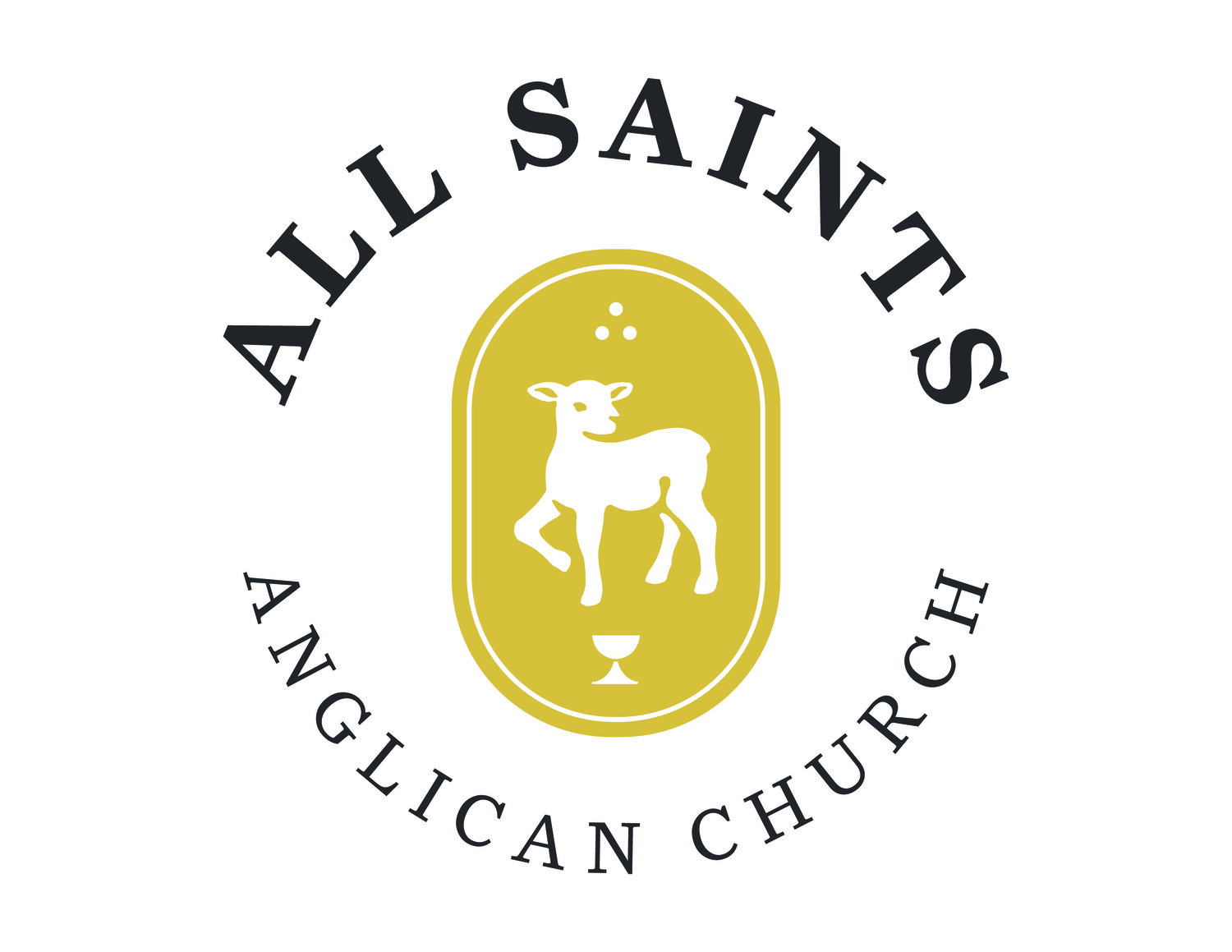In the Church’s calendar there exist a set of feast days in which Mary, the mother of Our Lord, plays a leading role. And while among this number there are those that vary from tradition to tradition (Lutheran, Roman, Eastern, etc.) a solid handful are so ecumenical, so “everywhere-by-everyone-in-every-age”, that the burden of proof lies on those who would contest their place in Our Calendar.
These are, in order of their temporal sequence: Candlemas (Feb. 2), Annunciation (March 25), Visitation (May 31), Mary’s Day (Aug. 15), the Nativity of Mary (Sept. 8).
On these days we remember the Story of the Lord and we see with particular brightness the way in which the Lord incorporates us into His Story. These days we re-discover with a joy —a joy at once startlingly ice-cold and rapturously warm— that we are something more than an audience of God’s grace, and something more than an object of God’s grace, we are also participants in the drama of God’s grace. Like Mary, he is not merely content to tell us His Story, He writes His Story in and through and among us. Our lives become His, just as His Life becomes ours.
On these days, there is a tradition of vesting in blue —the traditional color of Mary. In so vesting we proclaim with Mary, “I am the Lord’s handmaiden […] let it be done to me according to your word” (Lk. 1:38). We wear blue too —along with the tablecloths, stoles, and paraments— and make the same proclamation. The Word of God has come to us, also; the Spirit has overshadowed us, also; a Son has been born to us, also.
So vest in blue, you servants of the Lord, this Saturday and feast with gladness, for Christ has made his home in you too. Amen.


